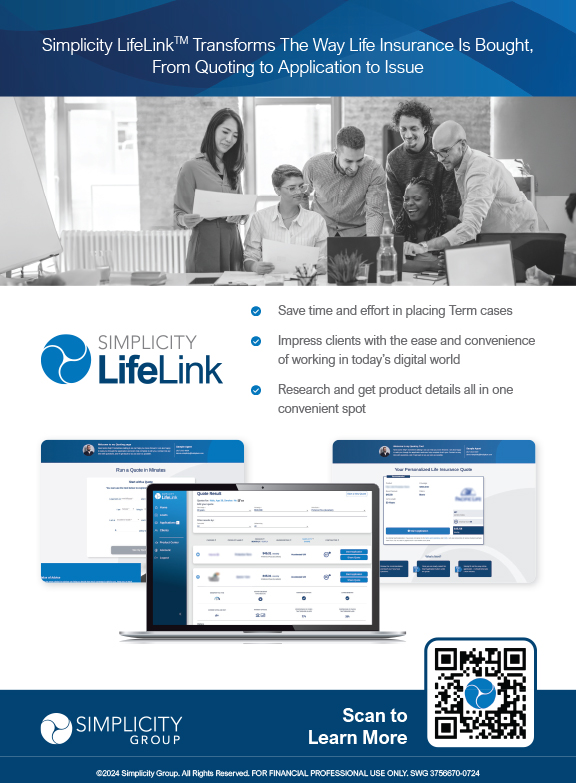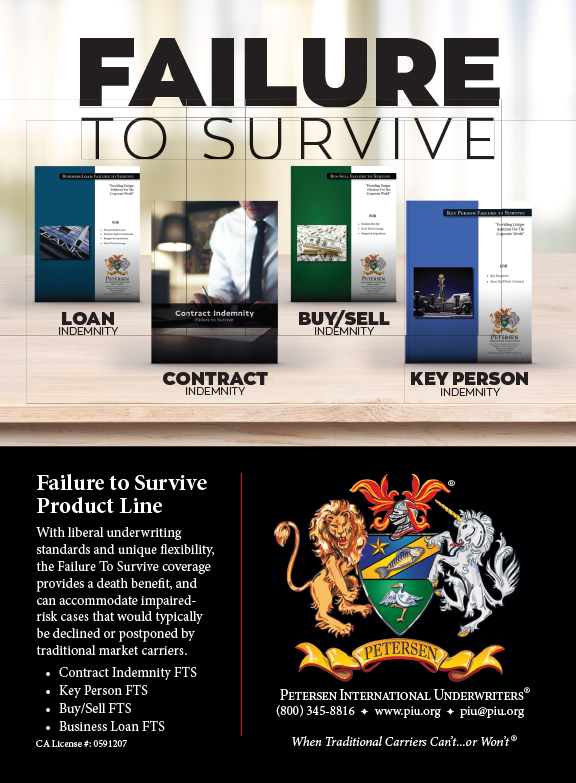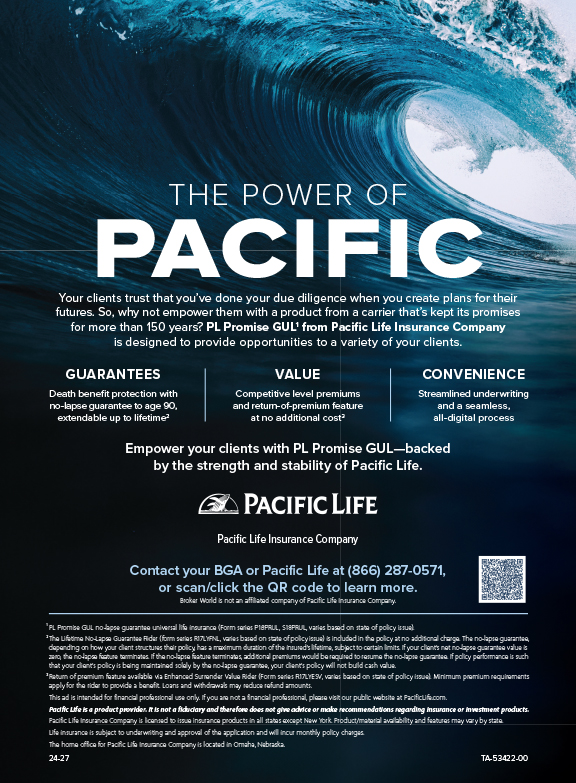In the same way you wouldn’t apply for a job without a detailed résumé of your qualifications, the cover letter in underwriting can be key to a successful case placement. A good cover letter immediately makes obvious to the underwriter what is clearer to you. It not only helps accent the favorable parts of an application but also saves endless time by guiding an underwriter through detailed information. It allows a more accurate initial assessment of the case and allows you to know what is needed immediately instead of halfway through the process, when time is of the essence.
A cover letter not only highlights the purpose of insurance and amount applied for, but paints a picture of your client the way you see him or her. An absence of facts that makes an underwriter guess generally leads to a more conservative initial offer and/or a lengthy underwriting process in order to try to fill in missing pieces—even when they do not exist. Medical records or conditions may not spell out behind-the-scenes information needed for a competitive offer. That is where the cover letter—as detailed as necessary—fills in the blanks and accelerates the requests for needed information.
What should a good cover letter include? A favorable start would be in addressing the purpose of the insurance. Once an underwriter is comfortable about the justification for the amount of coverage, things go more smoothly. In larger amount cases and for business insurance, addressing what is being protected, how you arrived at the amount of coverage, and some details about the company business are a good start. The rest can be documented as the process evolves. Addressing financial justification is critical, and a short description of assets of the client or business when it is not obvious from the application is likewise important.
Telling a company about the proposed insured really helps short circuit many questions before they hold up an application, limiting the imagination of the underwriter about what may be behind the scenes. If you have known the proposed insured for a long time, it is helpful to share your insights—especially those that an underwriter could not be privy to. Any positives about lifestyle are helpful to disclose, since many companies now offer underwriting credits for things like being a lifetime nonsmoker, regular exercise, etc. If tobacco is a consideration, and someone has stopped smoking sometime in the recent past, it’s important to know when for classifying the policy. No one wants to be surprised when the application contains a markedly higher premium status than illustrated because a smoking history wasn’t disclosed.
Family history is important. Those with longevity in the family generally have better mortality and insurers take this into account. Knowing what medications a proposed insured takes, and why, is helpful. Many times, medications are given for conditions that are minor, but an underwriter may fear the worst disease is being treated if it is unexplained. A recent EKG, medical exam, treadmill, or other studies that were recently completed help the underwriter know there is good medical care and follow-up. Also, taking aspirin and statins has a favorable mortality implication and should be noted. Of course, documenting any medical illness with details you know helps to produce a more accurate and binding initial offer—no one likes an offer worse than they were anticipating, particularly the client.
If there are aspects of the case that need explaining early, the cover letter is the place to do it. Anything unusual, including the possibility of ratable travel, avocations, habits or medications should be noted and explained as best as possible. Often situations are better than they seem when you know the story behind them, but not if you don’t share them with the person underwriting the application.
Competition and previous or pending offers should be divulged to the insurer as soon as possible. Knowing what another company offered immediately narrows the playing field, and the underwriter will know if they have the ability to meet or beat the offer that much more quickly. Competition generally means that the case is further down the line in placement, and a rapid response keeps everything on track in your perspective as well as the client’s.
It takes a little extra work to write a good cover letter, but it is nearly always worth the time. The same detailed and meticulous preparation you put into the sales, illustration and marketing part of the application with your client should be put into the cover letter. If you aren’t enthusiastic in selling the case and presenting details, how should the underwriter feel? A good cover letter not only accelerates the application process and gets to approval more quickly, it also presents the same picture of the client to the underwriter that you see, limiting his imagination about non-disclosed details.
In a sense, a cover letter is your client’s résumé, and you want it to be as attractive as possible for an optimal result.



























